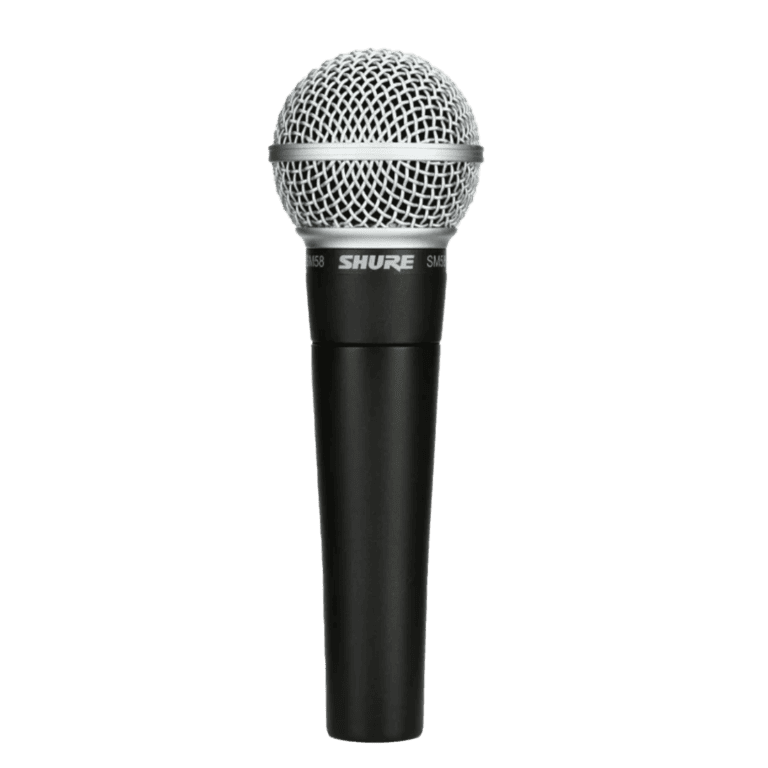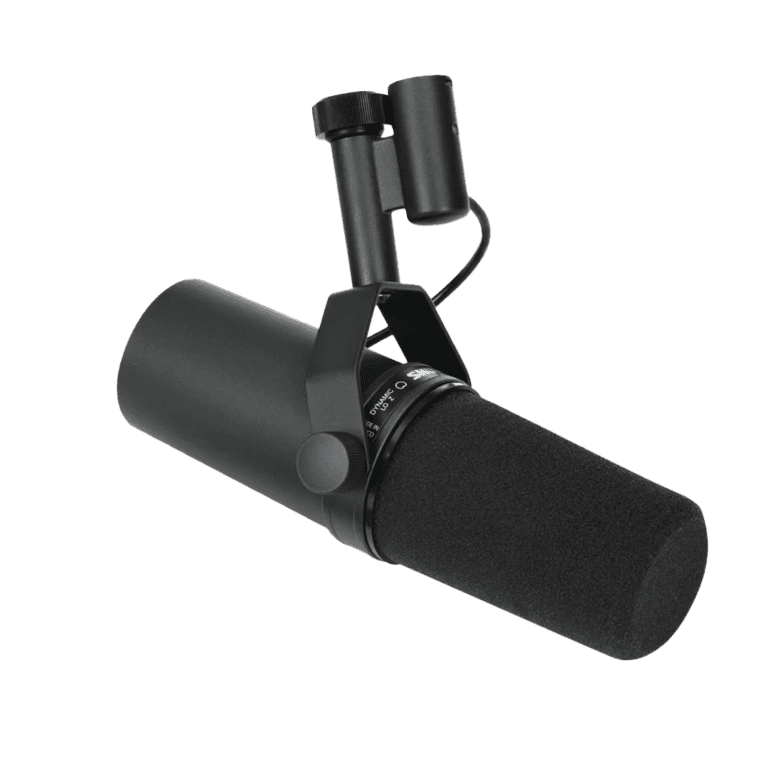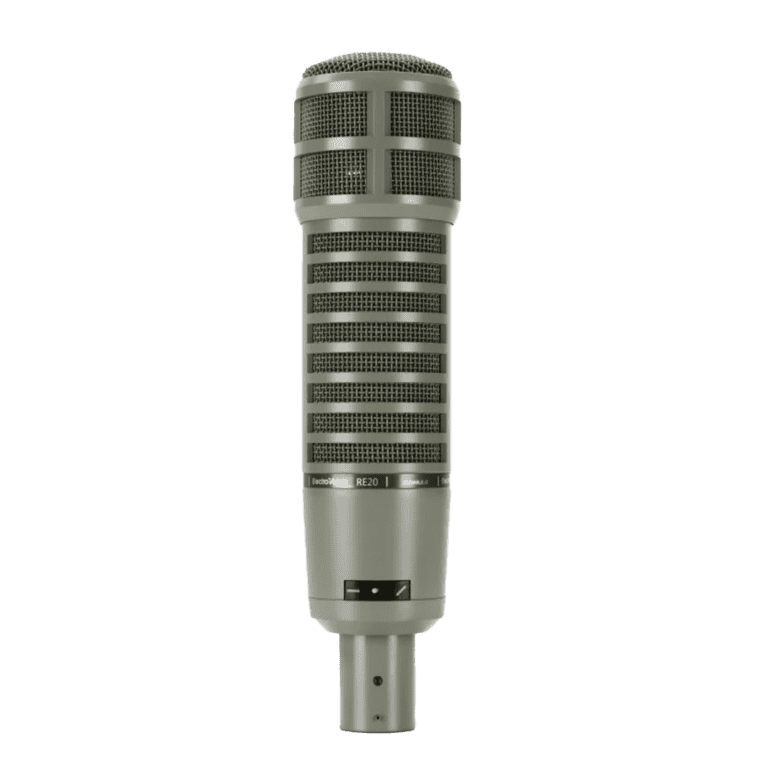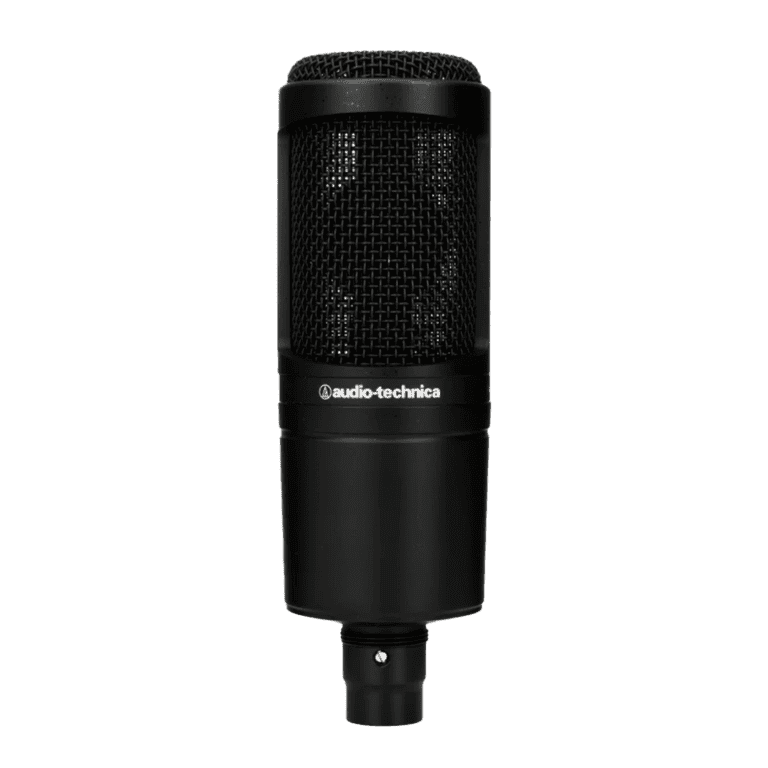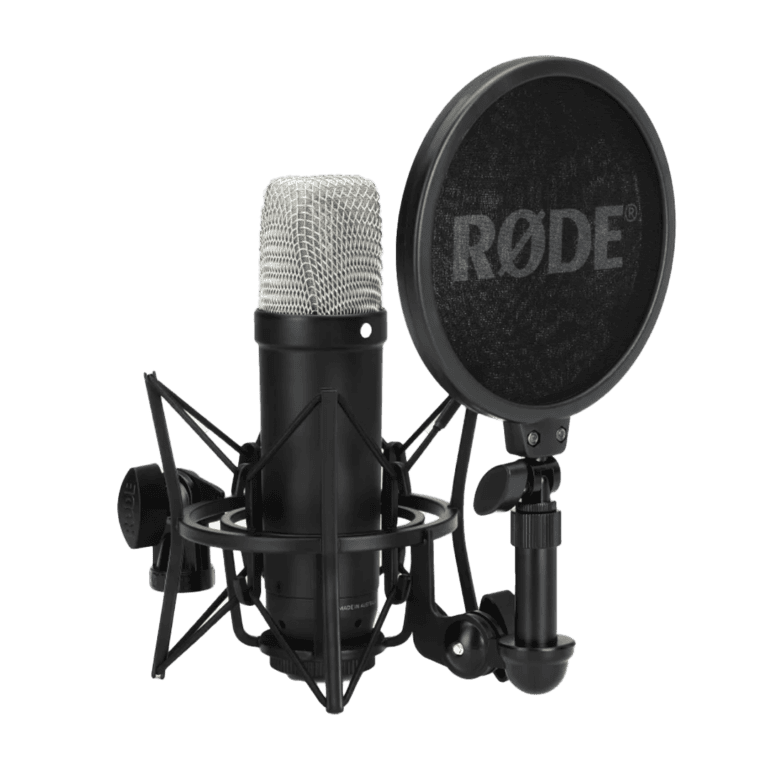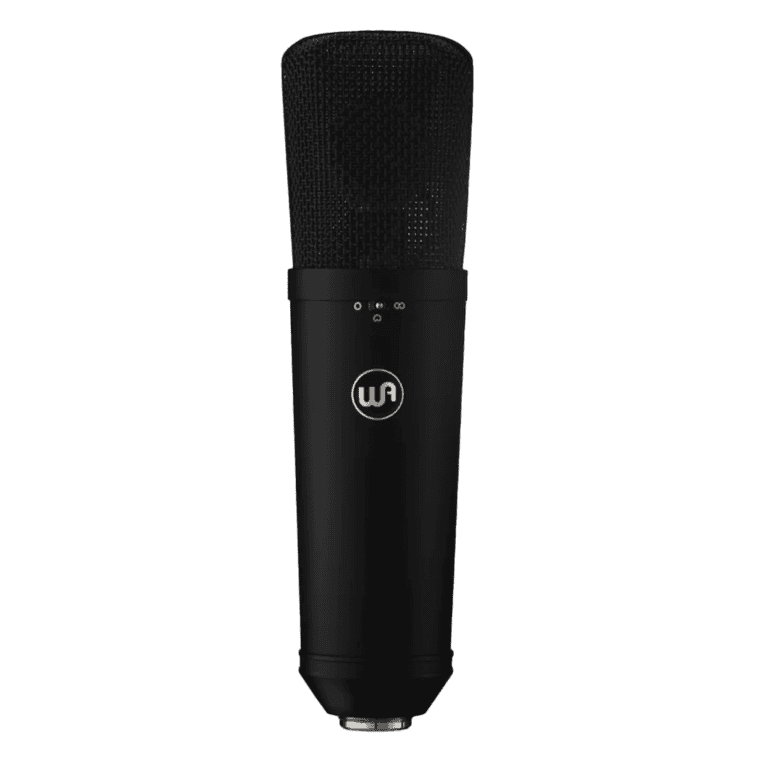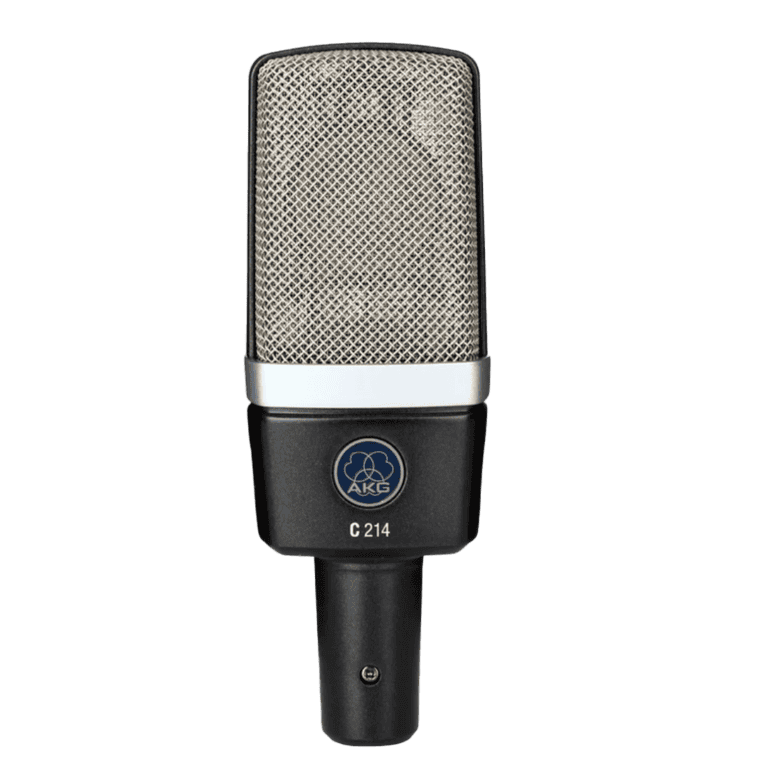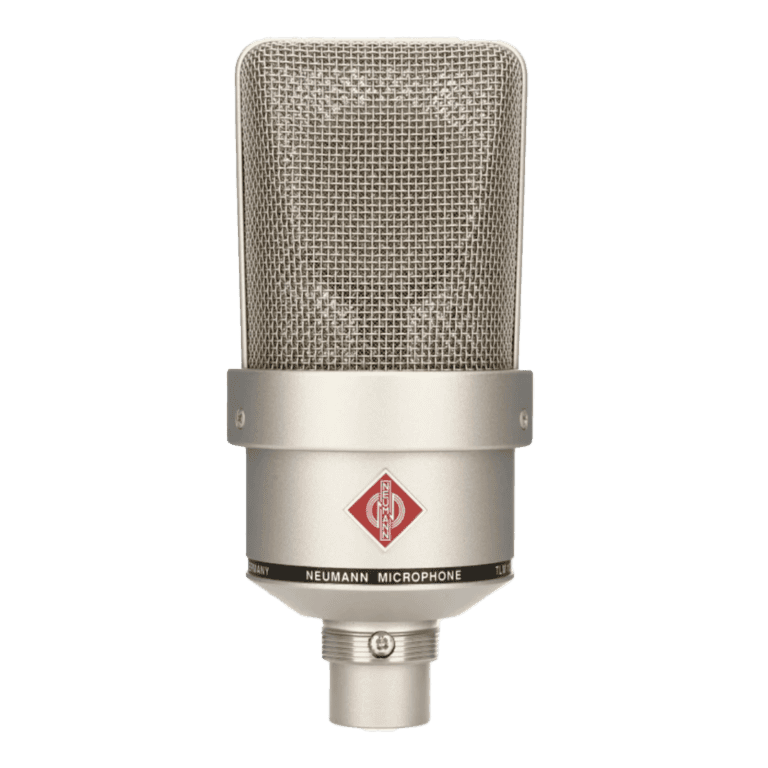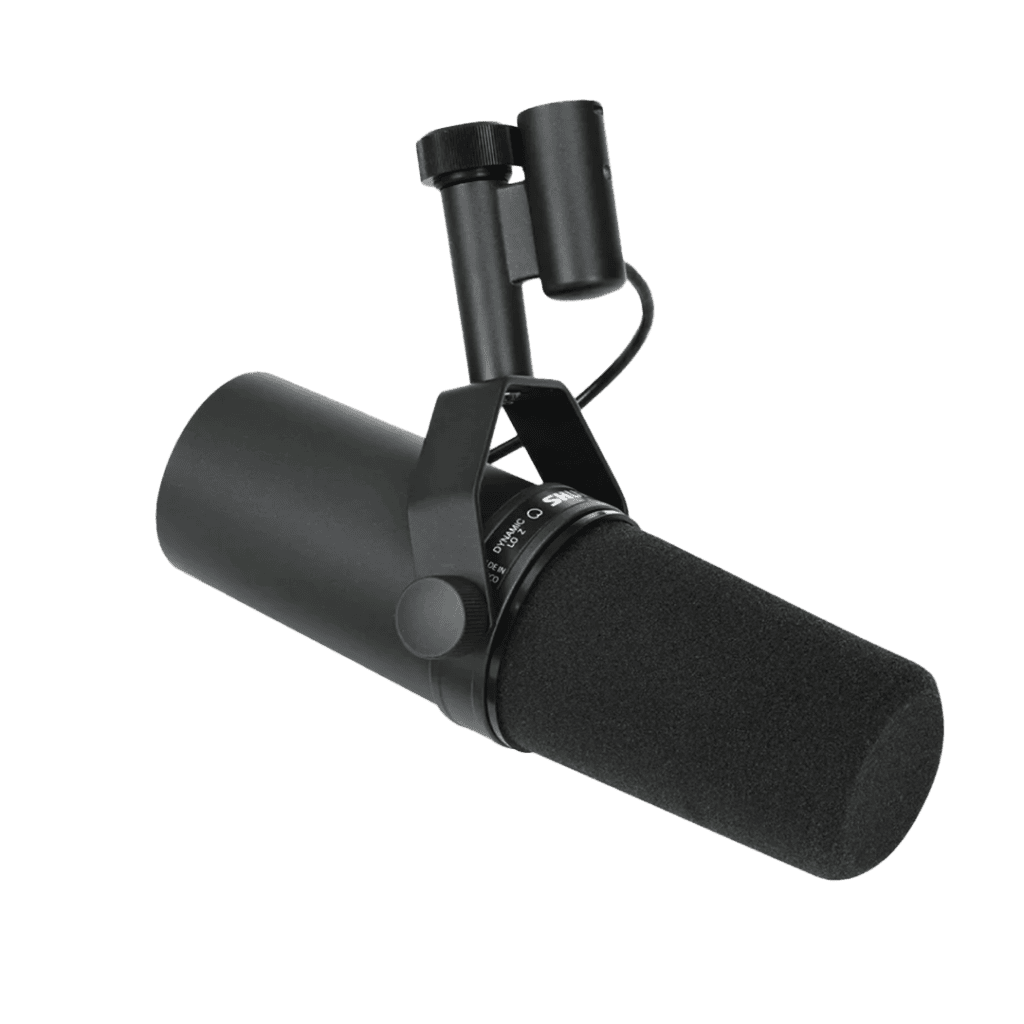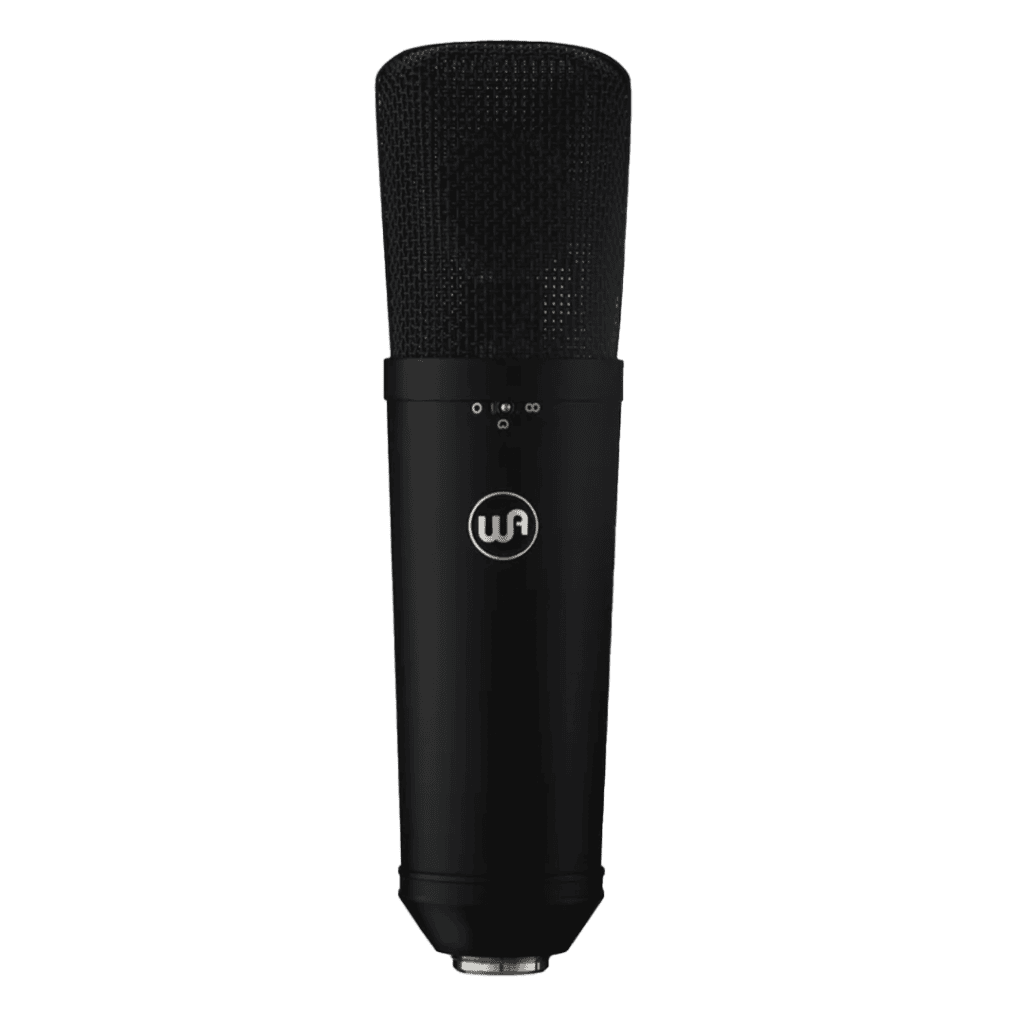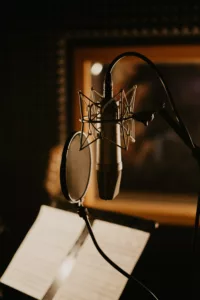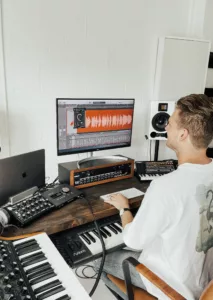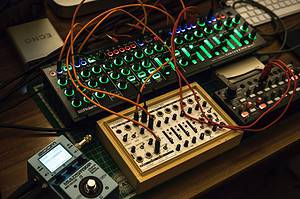Giving Musicians the Tools to Make Better Music
The Best Microphones for Vocals [2024 Update]
Mic Overview
Microphone | Type | Sound Profile | Best For | Price | Rating | Link |
 Electro Voice RE20 | Dynamic | Warm, Crispier than Other Dynamics | Studio Vocals, Warm Sounding Singers | 9.0 9.0/10 | ||
 Shure SM58 | Dynamic | Warm, Boomy | Live Performances, Untreated Rooms | 7.4 7.9/10 | ||
 Shure SM7B | Dynamic | Warm, Boomy | Studio Vocals, Untreated Rooms, Background Vocals | 9.4 OUR CHOICE 9.4/10 | ||
 AKG- c214 | Condenser | Well-Balanced, Clarity | Giving extra clarity and clear recordings | 9.1 9.1/10 | ||
 Audio Technica AT-2020 | Condenser | Clean, Clear | Beginning Studio Vocalists | 8.4 8.4/10 | ||
 Nuemann TLM-103 | Condenser | Detailed High End and Airy | Adding premium high end shine | 8.9 8.9/10 | ||
 Rode NT1 | Condenser | Extremely Crisp High End Focus | Singers with Deep Voices | 8.6 8.6/10 | ||
 Warm Audio WA-87 | Condenser | Mid-Range Focus, Vintage Vocal Sound | Works well with many sound sources | 9.2 9.2/10 OUR CHOICE |
Watch the Video
One of the quickest ways to up your vocal sound is to find a microphone that fits your voice!
But with all the options out there, what the hell do you even pick?
I think I can help with that.
I’ve spent the last month testing the 8 most popular microphone options for recording vocals, and in this video I’m going to show you exactly what I’ve found and provide live sound tests for each of them.
I’ve also tried using each microphone on professional productions to see how they stack up and if they can achieve a radio ready vocal for my clients. And some of the results I found are surprising.
Let’s get started!
Compare the Mic Sounds
Each Audio Snippet contains both the processed and unprocessed versions of the vocals and how they sound on each individual mic. Listening will give you a good sense of mic similarities and differences as well as how it take processing! All the processing was done with one click with our vocal preset pack Vocal Magic 1!
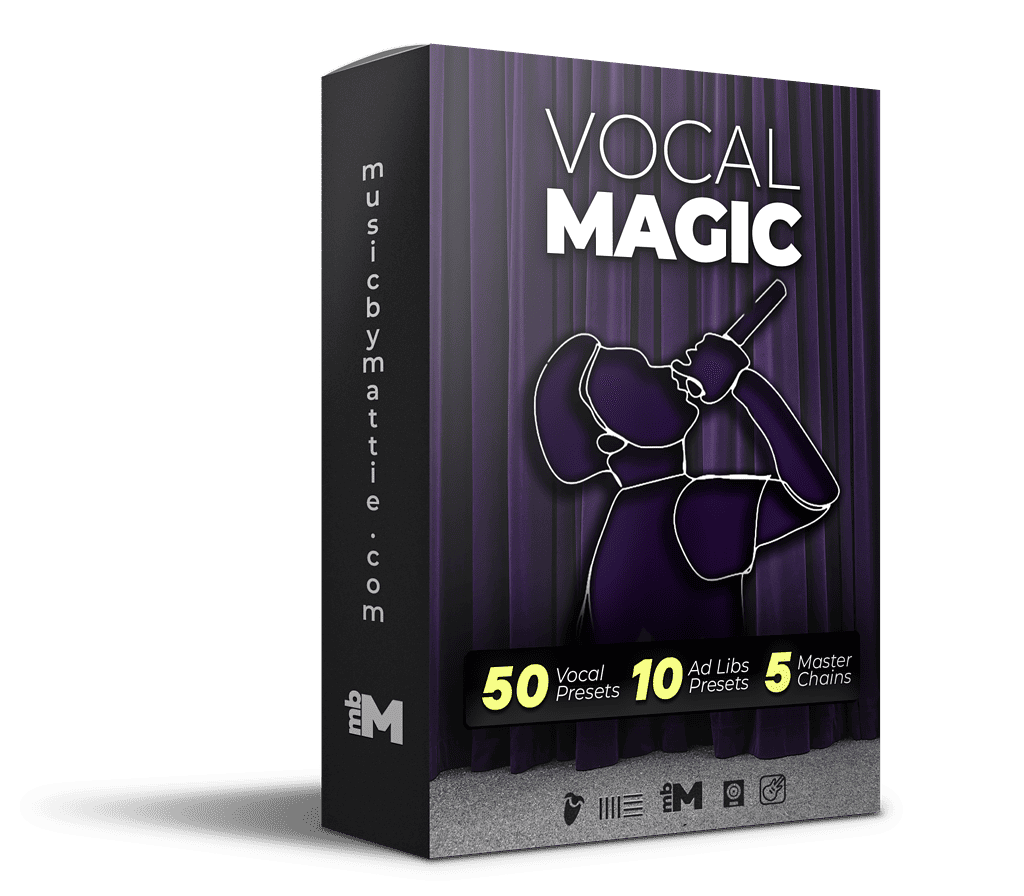
Mic 1 - Shure SM58
To start off we have one of the most iconic microphones to ever grace the stage. The Shure sm58. This is by far and away the most popular vocal microphone of all time for live performances. If you’ve seen a live performance, you’ve probably heard this mic.
This Mic is affordable, normally clocking in at under $100 bucks new! I’d recommend checking the price though using the links below, because it may have changed since filming.
And on top of being a budget microphone enthusiast must have, this thing is built like solid steel. Are you worried about dropping your mic? Doesn’t matter. Even a dented wind screen won’t stop this bad boy.
This mic is also great for studio recordings. Especially on vocals that are recorded in untreated rooms without blankets on the walls, or DIY acoustic panels. (I made a video on how to make those if you wanna learn).
But this microphone isn’t perfect. It lacks a lot of the high end sparkle that other condenser mics have and isn’t as ideal for studio recordings. For that reason, my final rating is a bit lower than some of the others.
Scroll up to hear all the sounds!
Mic 2 - Shure SM7B
Moving on to microphone number 2. I like to think of this mic as the good looking grandpa of the shure sm58, the SM7b. This silver fox is made by the same company, Shure, and has almost an equal track record of microphone famousness as the SM58. And come highly rated, by me.
The SM7B is another dynamic mic, but it’s a more premium version of the 58. Around $300 more premium. It’s designed more for studio use than road travel, so you’ve probably haven’t seen it on stage. Though you probably have seen it used in podcast studios. I record all of my voice over work on it as well. Though I’m still trying to figure out the settings I need to change to sound like Morgan Freeman.
This mic is great at getting rid of unwanted room noise, and it takes EQ and processing very well. It’s got a warm sounding profile to it. Which makes it fantastic for male singers and females who might need some more beef. It’s also my go to for singers who tend to yell or scream into the mic.
I’ve used the SM7B on so many tracks I’ve lost count. Even if I don’t record lead vocals with it, I’ll track almost all of my background vocals with this mic. It’s warm profile helps them sit in the mix really nicely.
This mic does however require a ton of input gain that most budget audio interfaces can’t handle! That means to use it you’ll also have to purchase a device to help up the signal. The most common one is called a cloud lifter! This had me knock off some point from my final rating.
Also, fun fact: This is the mic that Michael Jackson used on all his records. So, yeah there’s that.
Mic 3 - Electro Voice RE20
Moving right along to microphone 3 the last dynamic microphone of the list. It’s called the RE20 from Electro Voice! Although it might not be as popular as the other mics in the list, it’s still an iconic dynamic microphone!
It costs around the same as Shure SM7B at around $450, but once again, check the prices down below. But even though they’re both dynamic microphones, the SM7B and the RE20 have different sound characteristics.
The RE20 has a more pronounced high end than the SM7B, while having a little less mid-range. This can sound good on some lower voices that need a bit more help in the high end sparkle. But for an already thin sounding voice, this microphone might add a bit too much harshness, which factored in to this microphones final rating.
One of the coolest features about the RE20 is that it has almost no proximity effect! The proximity effect is the closer you get to the microphone, the more the low end of a sound is boosted. The RE20 doesn’t have that! Which can make your final vocal way easier to deal with if you’re prone to eating the microphone while you record.
All right. That will wrap up the dynamic microphones on this list. Keep in mind if you don’t have any acoustic treatment or sound absorption on your walls, the dynamic microphones are probably going to give you better results than their ‘capture-every-detail’ condenser counterparts!
But for those with some treatment, let’s move onwards! To the condensers!
Mic 4 - Audio Technica AT-2020
The next microphone up is the first microphone I ever bought. This mic started my own recording journey. 12 years later it’s still kicking strong. It’s called the Audio Technica AT-2020. And for its low price point, it swings well above its weight class!
You can buy the AT-2020 new for around $100. And it’s still my first recommendation for beginners getting started in the space of home recording. It lacks some of the clarity that other more expensive mics bring to the table, but for only $100, it’s really hard to go wrong here.
But because I’m giving you the BEST microphone, and not the most INEXPENSIVE microphone, this mic’s sound loses it some points in the final ranking.
In some of the tests I performed, I found it sounded on par with some microphones that cost twice as much as it! I’ll let the results speak for themselves.
Mic 5 - Rode NT1 (5th Gen)
On to the next microphone on the list. It comes from Rodes and it’s called the NT1! The microphone I tested happens to be the newest generation, generation 5.
This mic shouldn’t be confused with the NT1a, that mic is a slightly brighter version of the NT1. The NT1 is a large diaphragm condenser microphone that’s one of the best selling large diaphragm condenser microphones ever made. It’s specifically geared towards the home studio musician and recording at home.
Many of the tracks I get sent as a producer use this microphone.
It’s budget friendly price point of $160 makes it accessible for anyone looking to get a great starting microphone! It’s a step up from the AT-2020 in price and in my opinion, sound quality.
The NT1 offers a crisp, detailed sound recording that’s filled with a lot of top end shine. The shine sounds great on low voices, but I’ve found it can be too harsh on others. And you guessed it, that’ll affect my final ranking. On my voice, I think it sounds pretty good, but I’ll let you hear it for yourselves.
Mic 6 - Warm Audio WA-87
The next microphone I’ll be covering is called the WA-87 by Warm Audio. The WA-87 is a condenser mic that was made to emulate the Nuemann u87, one of the most popular vocal mics ever made!
And the folks at Warm Audio did a pretty good job of getting it close! But the biggest kicker, this mic is only $700 new vs the Nuemann u87 which goes for around $3200 new. You’re getting a very similar sound scape and an almost identical body for way less of the price! Nice!
The WA-87 has the Nuemann vintage tone to it, with more of a heavy focus on the midrange than some of the other condenser mics on this list. This means that your vocals might not sound as good right after the recording as others. But the mic takes EQ very well. And any warmness you record can be changed with some simple processing afterwards.
This mic will also serve well as a studio workhorse, recording any and all types of instruments and voice types you throw it’s way. It’s perfect for the musician looking to record vocals and other live instruments as well! There’s some extra points for my final score.
Mic 7 - AKG c214
The second to last microphone I’ll be reviewing on the list is the AKG c214. This is another large diaphragm condenser made to use on everything from vocals to piano. It’s the little brother of one of the more expensive, iconic large diaphragm condenser microphones called the AKG c414! And when compared, the c214 holds it’s own, and the results I heard surprised me.
The microphone comes in at around $500 brand new, and is a great mic for any vocalist to have in the studio. It’s a solid step up in sound from the NT1 and the AT-2020, providing a detail and clearness that the other two budget microphones are lacking.
The microphone seems especially present to my ears in the high mids between 4k and 6k. That range is one of the most important ranges to get right for professional quality vocals! And though you can add it in with EQ, the results are not always the same. It’s best to get it recorded right from the start with a nice microphone like the c214.
This microphone might not be great for more laid back folk or acoustic tracks, but it’s clarity lends itself well to more modern sounding hip-hop and pop vocals.
Mic 8 - Nuemann TLM-103
The last microphone and the most expensive on the list is from the most prestigious microphone brand in the world, Neumann. They’re like the Rolls Royce of mics and they’ve got another great edition to our list of some extremely popular vocal mics! The model we’re reviewing today is called the Neumann TLM-103.
Like all the mics in the Nuemann line up, the TLM-103 is pricey. To get a new one it’ll cost you around $1200. Because of the high price tag, I recommend this microphone for serious musicians and vocalists only.
The sound quality of the mic itself is unbelievably crispy. And at times too much so. The TLM-103 has a heavy focus on the high end which can deliver some amazing sounding vocals. Whenever I use the TLM-103, I find myself having to hardly EQ my voice at all. It’s as if the sound profile was made for some ultra-present and modern vocals!
Though, this high end focus can also be hard to get rid of. If you’ve already got a thinner sounding singer, especially a female singer, this extra brightness will probably be too much to handle. On the other hand, if you have a more robust and deep singer, this microphone will sound amazing.
My biggest problem with this mic is the lack of versatility it has in the studio for its price tag. Although it sounds good on the occasional deep voice vocalist, it’s thinness can be hard to transfer to other instruments. Don’t get me wrong. It still sounds great, but I had to take that into consideration for the final rating!
Favorite Mics
That brings us to the end of our mic list. We’ve covered a lot of ground and heard a lot of sounds! If you want to hear even more of the live sounds test I did on these microphones, check out the article on my website by clicking the link in the description!
It’s important to remember that while the saying, “You get what you pay for” is still true for most microphones, it’s not always the whole story. Every voice and studio will have a microphone that fits perfectly and it might be different for everyone! All of the microphones I’ve covered today are awesome choices to add to your studio. You can’t go wrong with any of them!
With that being said, here are my final mic recommendations. My first recommendation is the SM7B. It’s amazing for noisy room environments and my go-to microphone for background vocals! I use it on every track I work on! Once you get past getting the proper gain on it, you’ll be so happy you bought it!
And my favorite microphone for recording vocals is the WA-87. It’s not the most expensive item on this list, but it’s by far the one I use the most often. The u87 that it’s modeled after is such a classic vocal sound. Although it doesn’t sound exactly like the original, it’s so close to it, it’s hard to tell the difference. It makes vocals sound great. And it’s my first weapon of choice when I’m going to record my voice.
If you enjoyed this article, I’m sure you’ll enjoy this video I made on how to process your vocals once you’ve recorded them. Check it out here.
Mattie
Post Info
Join "5 Beat Friday"
Every week you'll get 5 beats about the production world. Join the over 5,000+ other producers bettering themselves through 5 Beat Friday!

